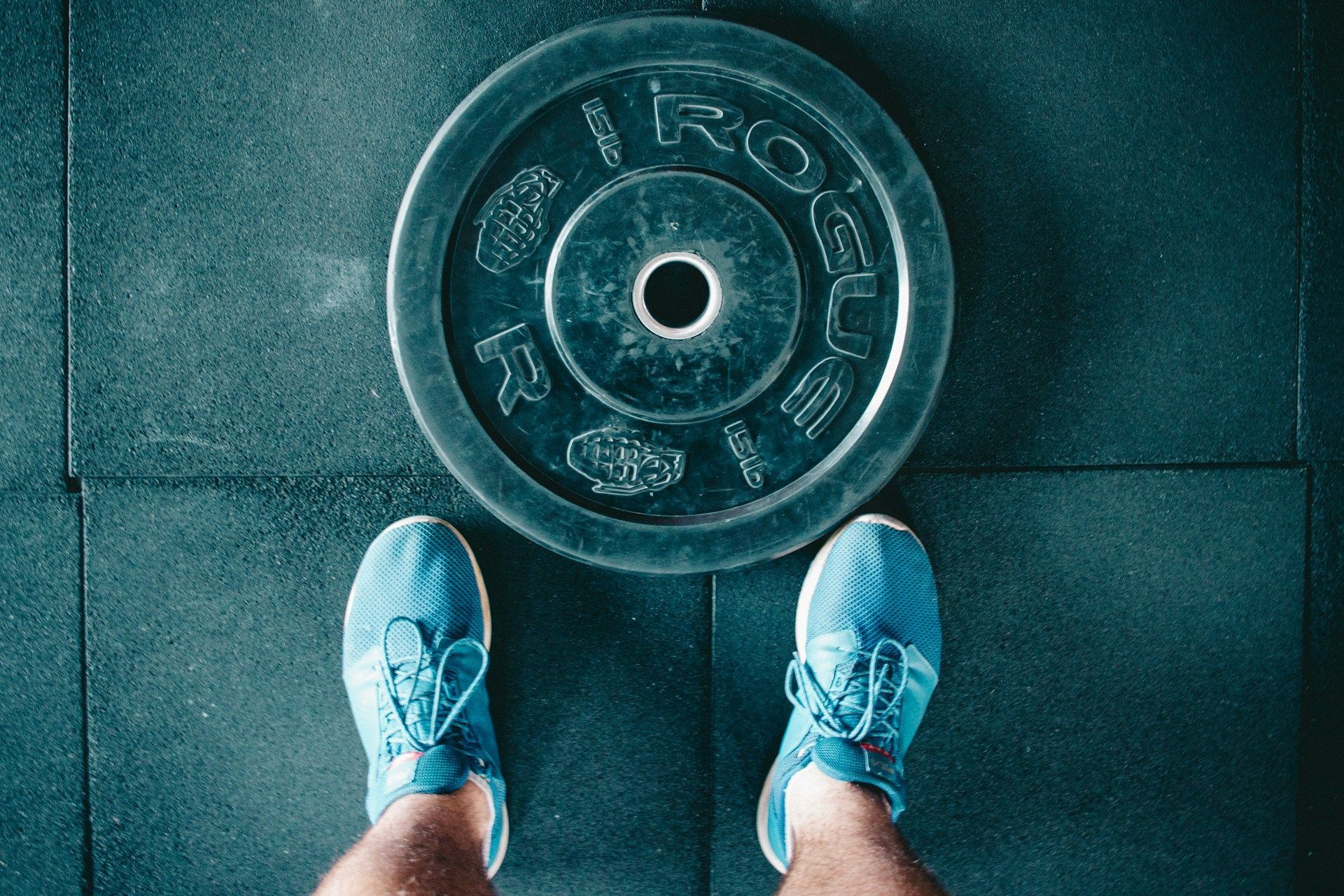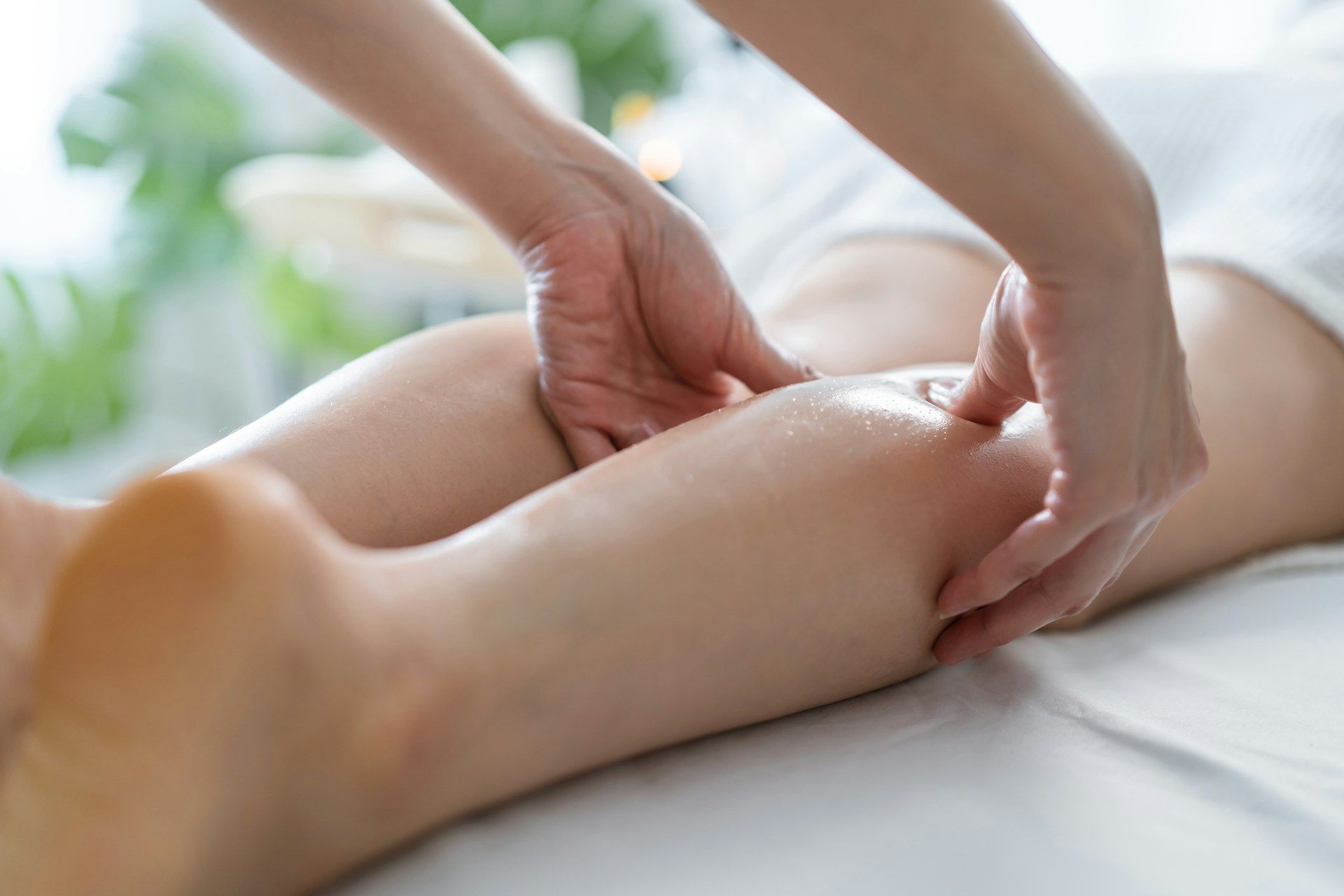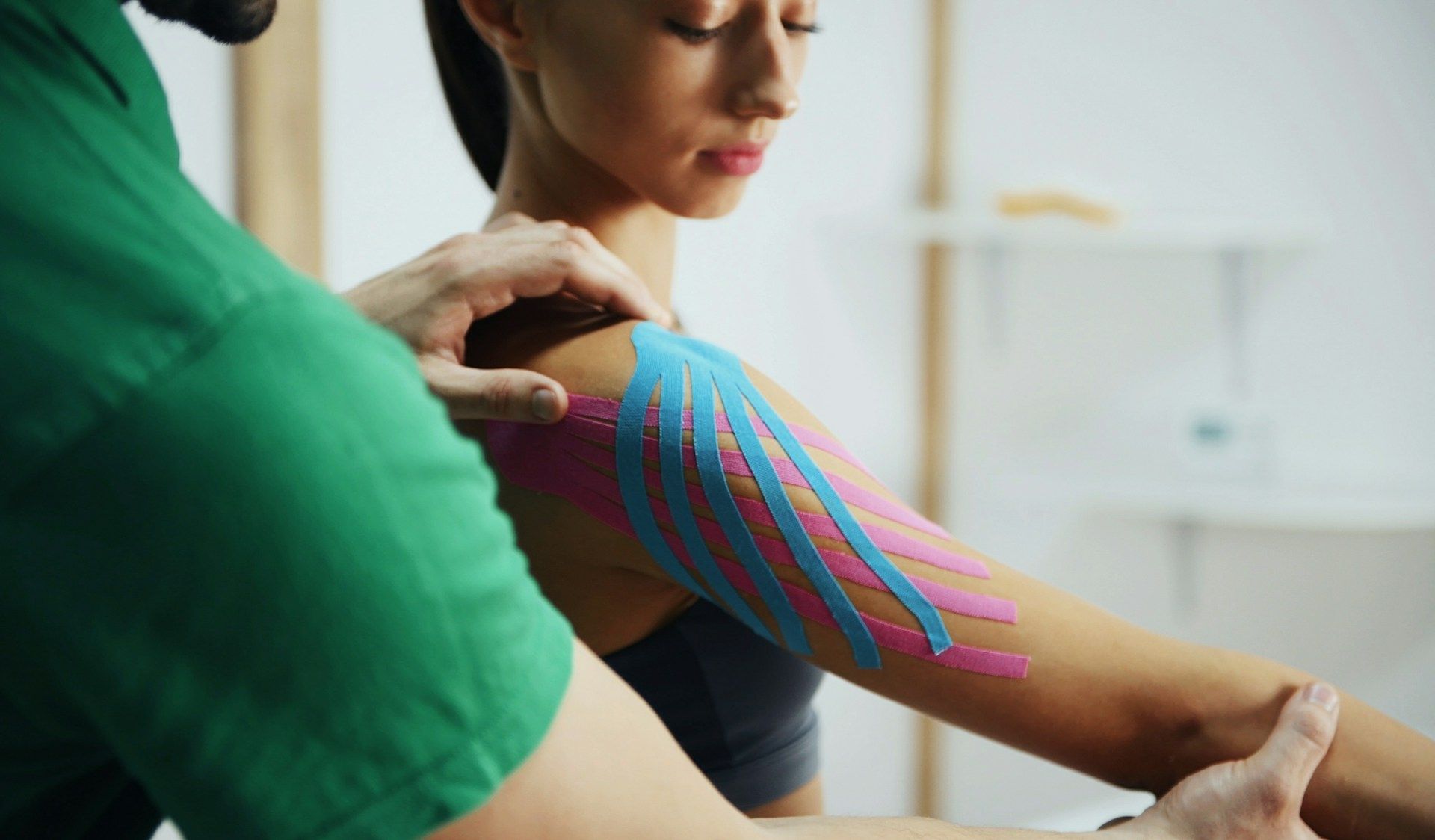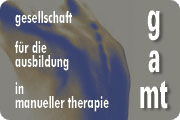Practical Uses of Kinesiotaping for Pain Relief
Kinesiotaping has become a popular method for relieving pain, especially amongst those who live active lives or have experienced minor injuries. This technique involves applying a special tape to the body, which helps support muscles and joints. The aim is to enhance natural movement without restricting it, making it a go-to solution for many. Whether you’re recovering from a sports injury or dealing with chronic pain, kinesiotaping might offer the support you need to feel better and move with ease.
Pain management often goes hand in hand with improving our quality of life. Imagine your day-to-day discomfort easing up as you go about your usual routine, thanks to this simple yet effective method. Anyone looking for alternative pain relief techniques could find kinesiotaping to be an excellent option to explore. If you're curious about how something as simple as taping can make such a difference, read on to uncover the magic behind it.
What Is Kinesiotaping?
Kinesiotaping is a therapeutic practice that involves placing a specially designed tape on your skin. Unlike ordinary tape, this one flexes and stretches. This elasticity allows skin and muscles to move naturally. But how exactly does it help with pain relief? The tape gently lifts the skin, creating space that improves blood flow and reduces pressure under the skin. This can help decrease swelling and discomfort in the affected area.
Here’s a list of how kinesiotaping works and its common uses:
- Pain Reduction: By improving circulation, the tape helps clear out inflammation and toxins faster, alleviating pain.
- Improved Support: Provides extra stability to muscles and joints without limiting movement, allowing for better performance and protection against further injury.
- Rehabilitation Aid: Assists in guiding the movement of your muscle, helping you maintain correct posture and avoiding habits that could worsen your injury.
Commonly applied to areas such as shoulders, knees, or back, it’s perfect for sport-related injuries or even support during everyday activities. Kinesiotaping works wonders for anyone needing that extra support as it combines physical aid with the comfort of a non-restrictive material. However, while the tape offers great support, a knowledgeable practitioner can ensure it’s applied just right for optimal benefits.
As temperatures rise in mid-July in Zurich, people enjoy more outdoor activities, increasing the chance of minor injuries or strains. Having kinesiotape as part of your pain management toolkit can be especially helpful during this active season, making it an ideal topic for anyone looking to enjoy summer with fewer aches and pains.
Benefits Of Kinesiotaping For Pain Relief
Kinesiotaping offers numerous benefits for individuals seeking relief from pain. One standout feature is how the tape provides quick relief while supporting injured areas. By improving blood flow and reducing inflammation, it helps speed up the healing process, making it a handy tool in dealing with everyday aches and pains.
Here are some key advantages:
- Quick Relief: Offers immediate support to inflamed or injured muscles, reducing the strain on affected areas.
- Flexibility Improvement: Allows for enhanced range of motion without feeling constrained, ideal for both athletes and those with joint discomfort.
- Faster Recovery: Supports muscle rehabilitation, helping to prevent further injury by guiding muscles to move correctly.
With such a variety of benefits, it’s no surprise that many people turn to kinesiotaping as a reliable way to manage pain and aid recovery.
How Kinesiotaping Is Applied
Applying kinesiotape correctly is essential for achieving the desired benefits. The process may look simple, but precision is key. Proper application ensures that the tape functions effectively, providing the right amount of lift and support.
Here’s a straightforward step-by-step process:
1. Clean and Dry the Area: Ensure the skin is free from oils and lotions. This helps the tape stick better.
2. Measure and Cut the Tape: Measure the needed length, cutting it with rounded edges to prevent premature peeling.
3. Apply the Tape: Lay the tape down without stretching, then gently stretch it as you adhere it to the skin. Make sure you smooth it down to avoid creases.
While applying the tape, the hands play a crucial role. The ends should be applied without any stretch to ensure proper anchoring. It's always best to seek the expertise of a trained professional, especially for complex applications or if you're new to kinesiotaping. Their experience can help tailor the application to meet specific needs, ensuring the best possible results.
Real-Life Examples Of Kinesiotaping For Pain Relief
Picture this: a busy mum carrying groceries and tending to her kids, suddenly finding her knee twinged with discomfort. A quick application of kinesiotape could provide the support she needs to carry on with ease. It's these everyday scenarios where kinesiotaping shines, offering practical relief without taking up much time.
Testimonials often highlight how a simple taping session helped someone continue activities they love, from running on Zurich's scenic paths to playing tennis. While these examples are imagined, they demonstrate how kinesiotaping can fit into various lifestyles, providing personalised support.
Discover The Difference Today
Kinesiotaping has shown to offer great support and pain relief to many. It’s a simple, non-invasive way to manage discomfort and encourage healing. Whether you’re dealing with a new injury or trying to manage chronic pain, it might be an option worth considering. By exploring therapies like kinesiotaping, you open the door to better well-being and an active lifestyle.
Ready to experience the benefits of kinesiotaping for pain relief yourself? Discover how Physiotherapie Heiniger + Psychologische Körperarbeit can help you improve your well-being and ease discomfort. For more details, explore our comprehensive guide to
kinesiotaping for pain relief and see how it can make a difference in your life.











